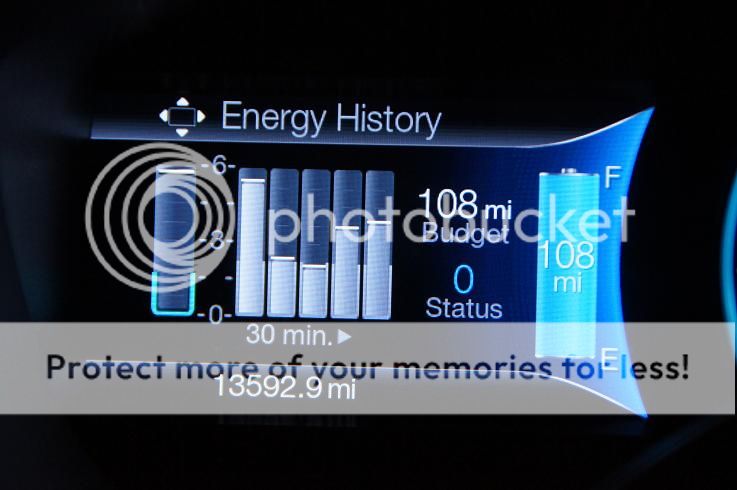
What is the maximum range at a constant speed?
This is under optimum conditions. 72 degrees, flat ground, no stops, and no climate control or radio use.
Battery capacity 23 Kwh.
Battery usable capacity of 19.32 Kwh.
10 MPH = 149.9 wh/mi 128.8 miles
20 MPH = 151.4 wh/mi 127.6 miles
30 MPH = 174.1 wh/mi 110.9 miles
40 MPH = 194.5 wh/mi 99.3 miles
50 MPH = 253.6 wh/mi 76.1 miles
60 MPH = 306.8 wh/mi 62.9 miles
70 MPH = 356.6 wh/mi 54.1 miles
80 MPH = 433.8 wh/mi 44.5 miles
http://avt.inl.gov/pdf/fsev/fact2013fordfocus.pdf



































